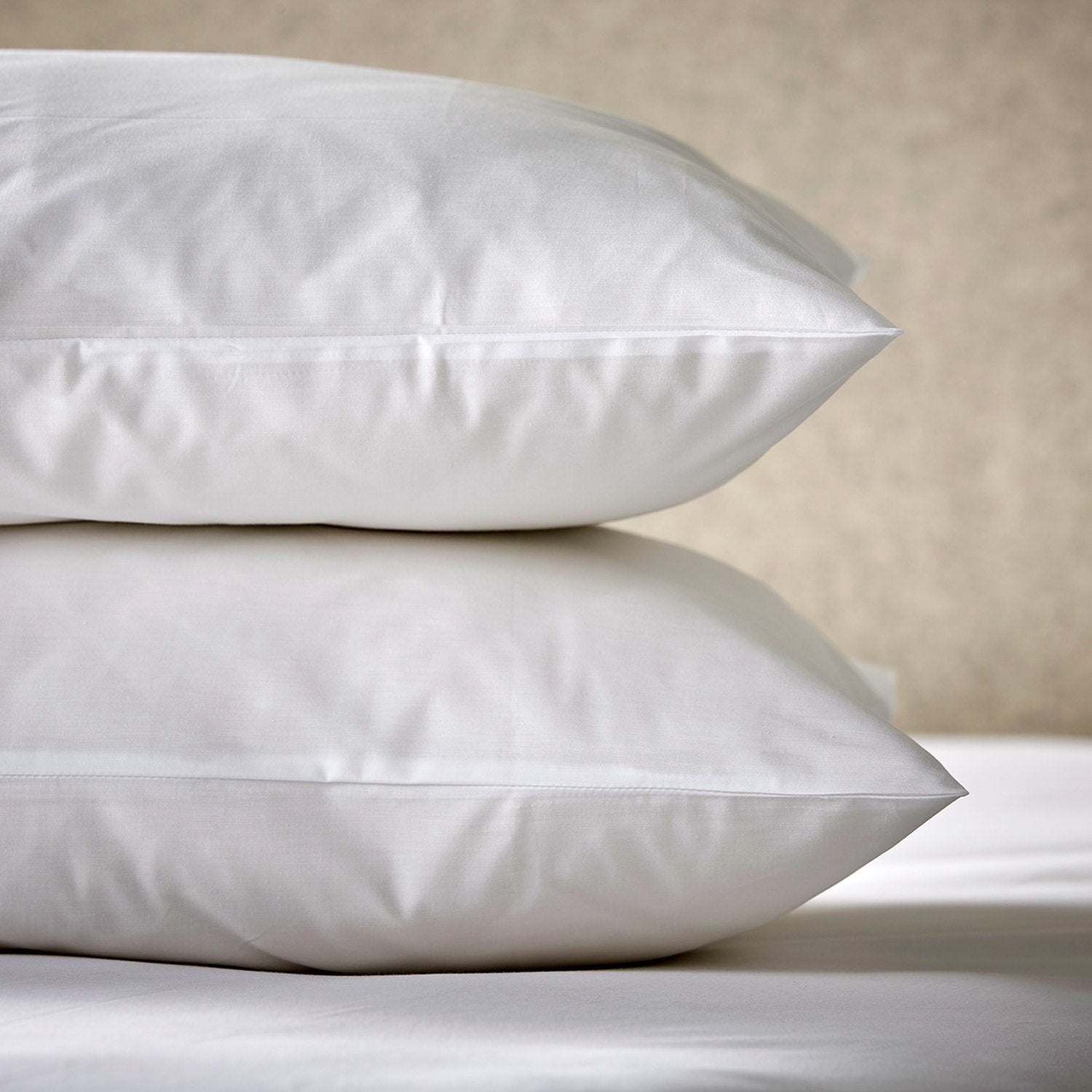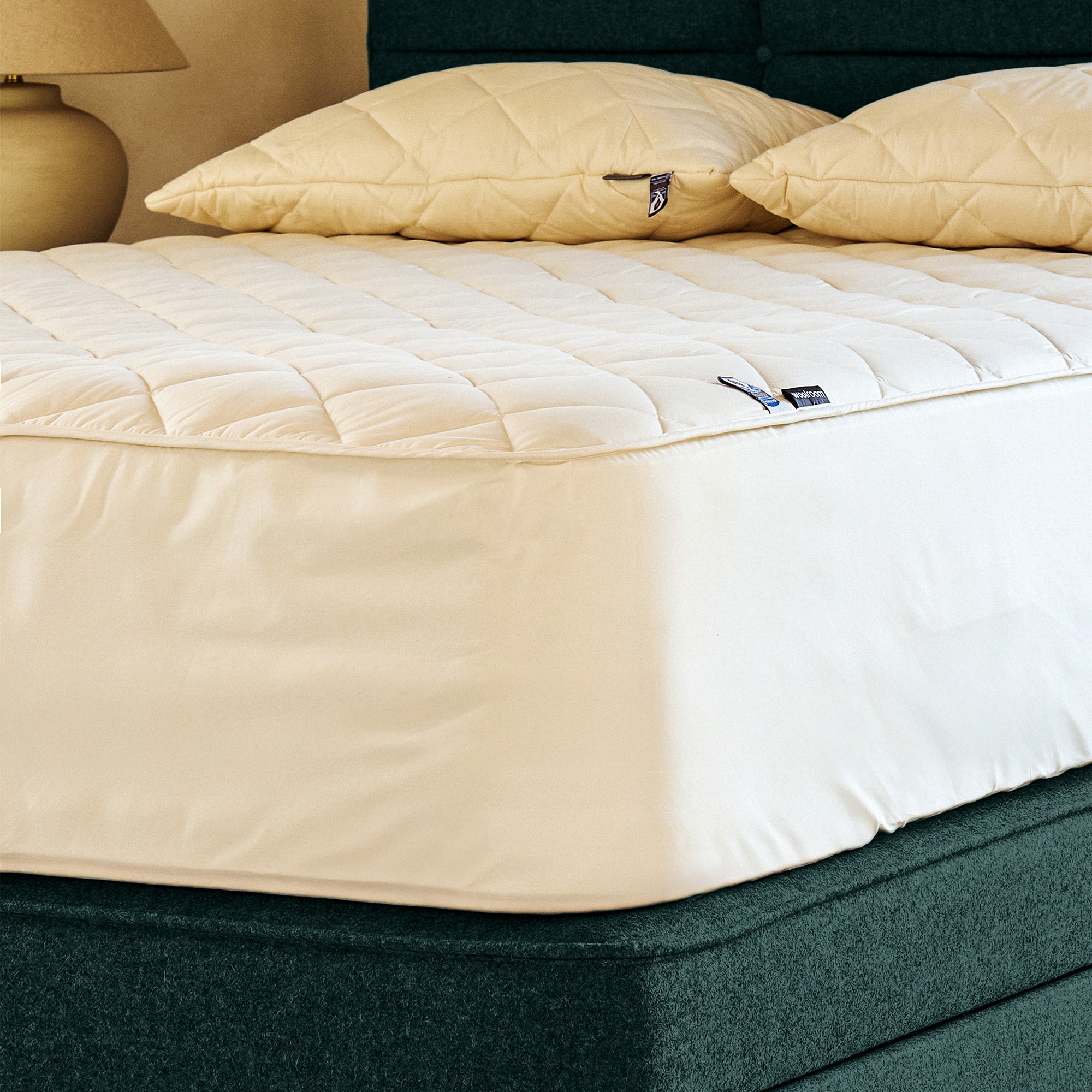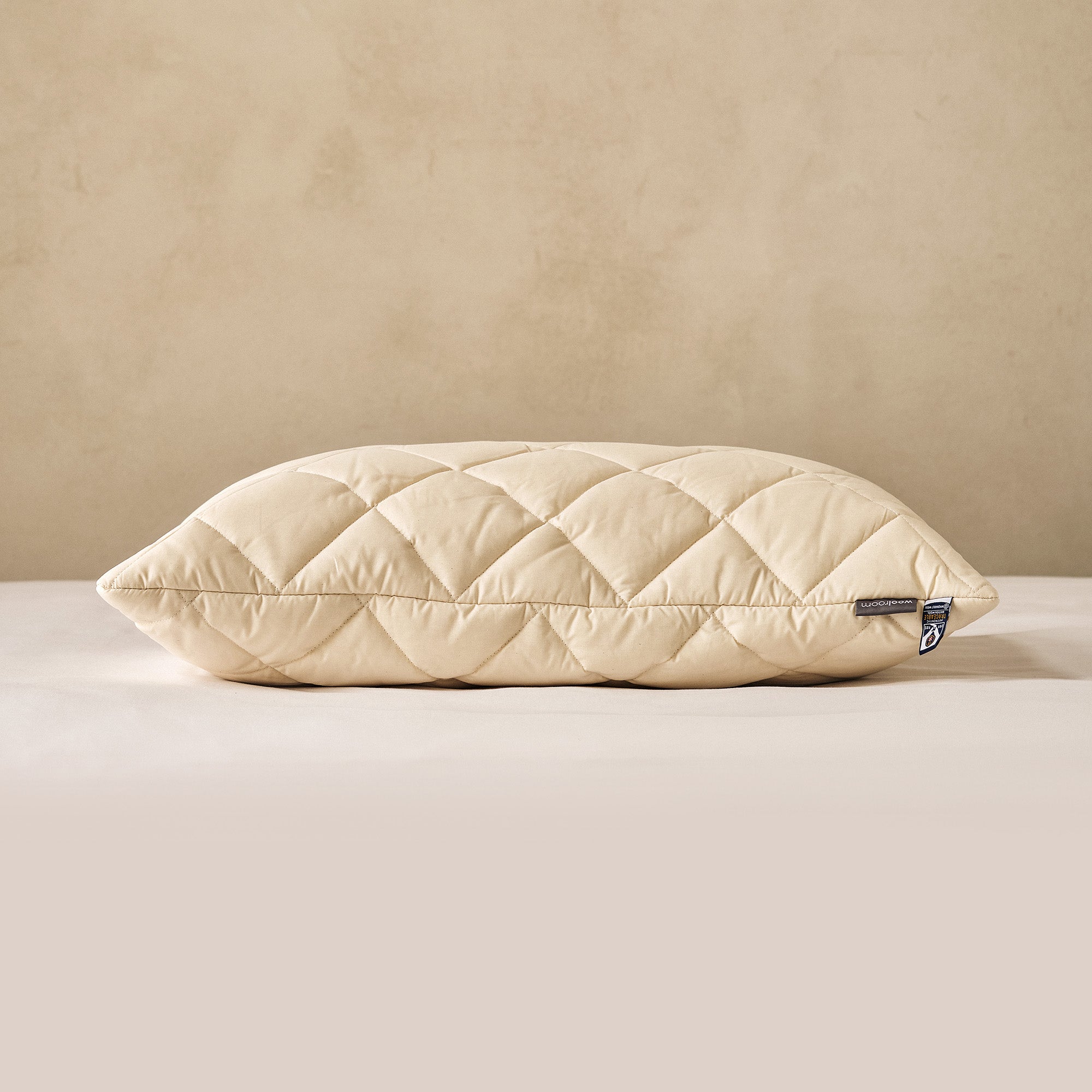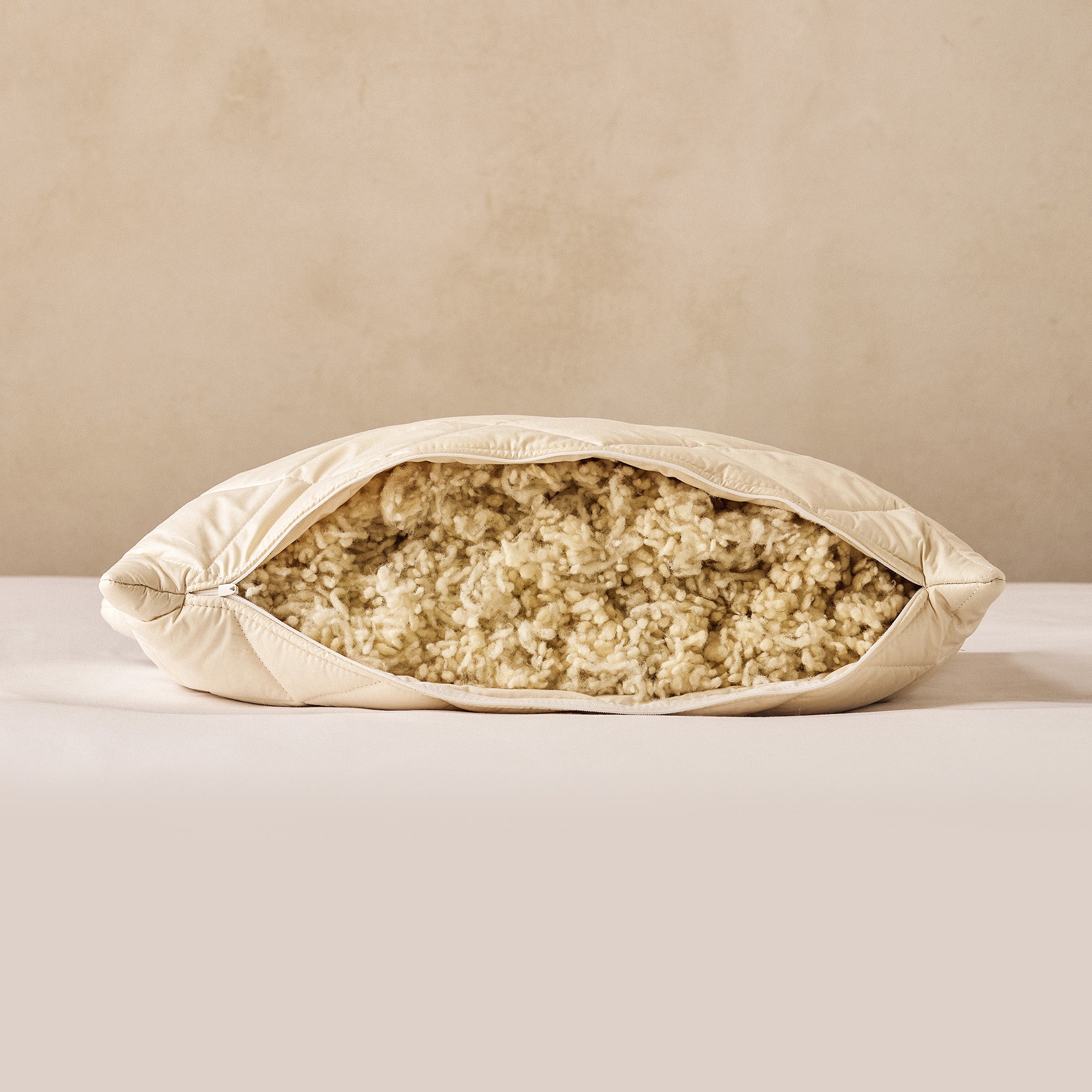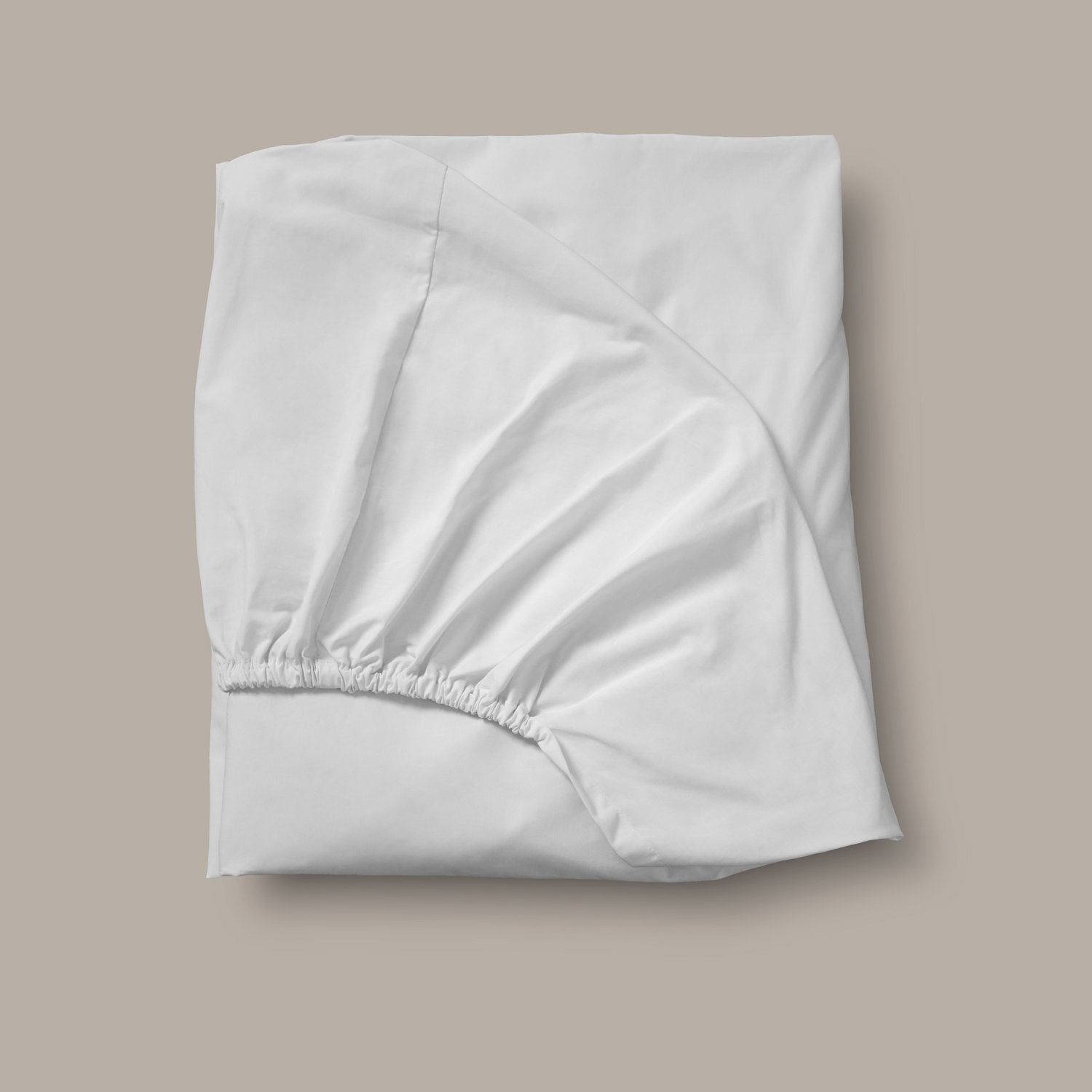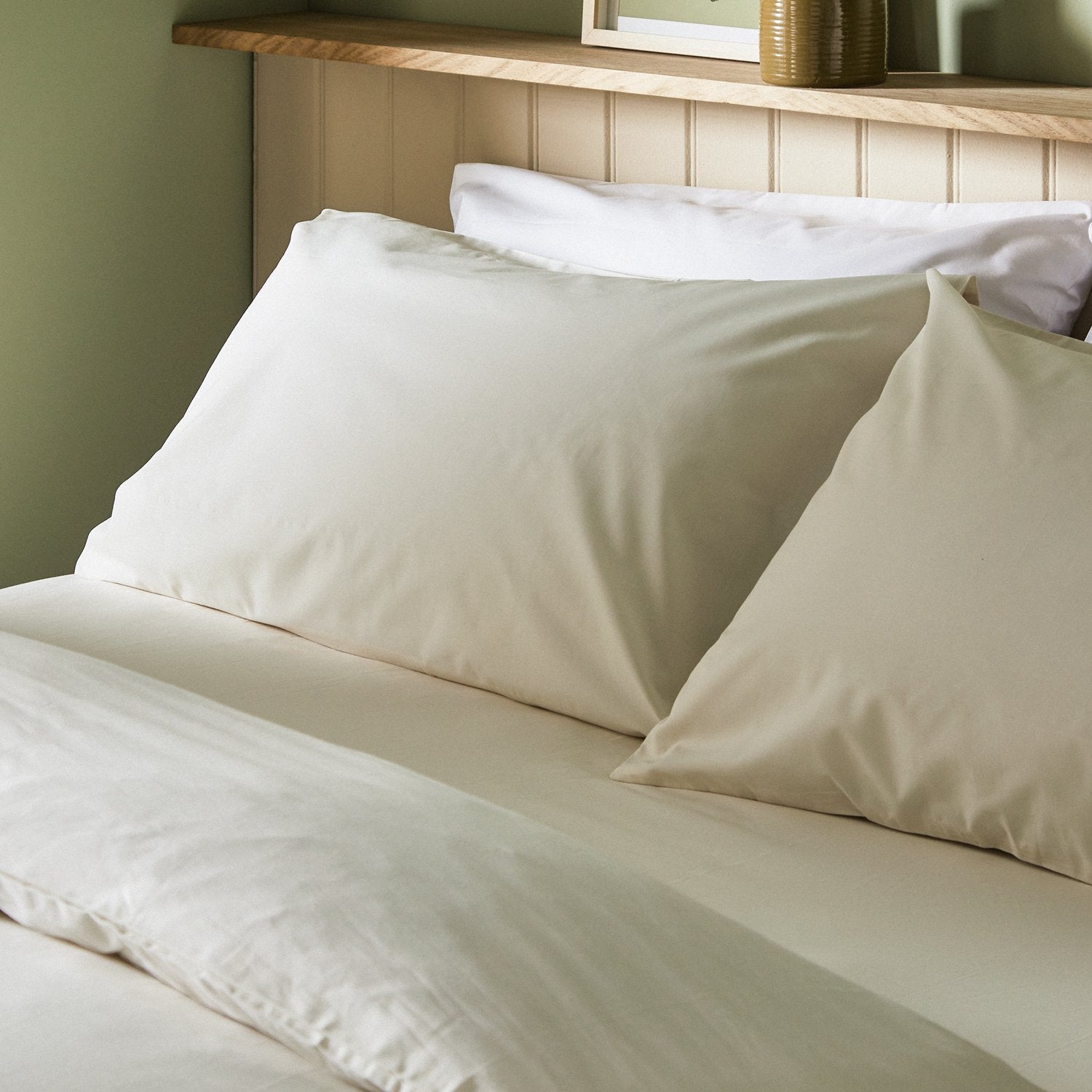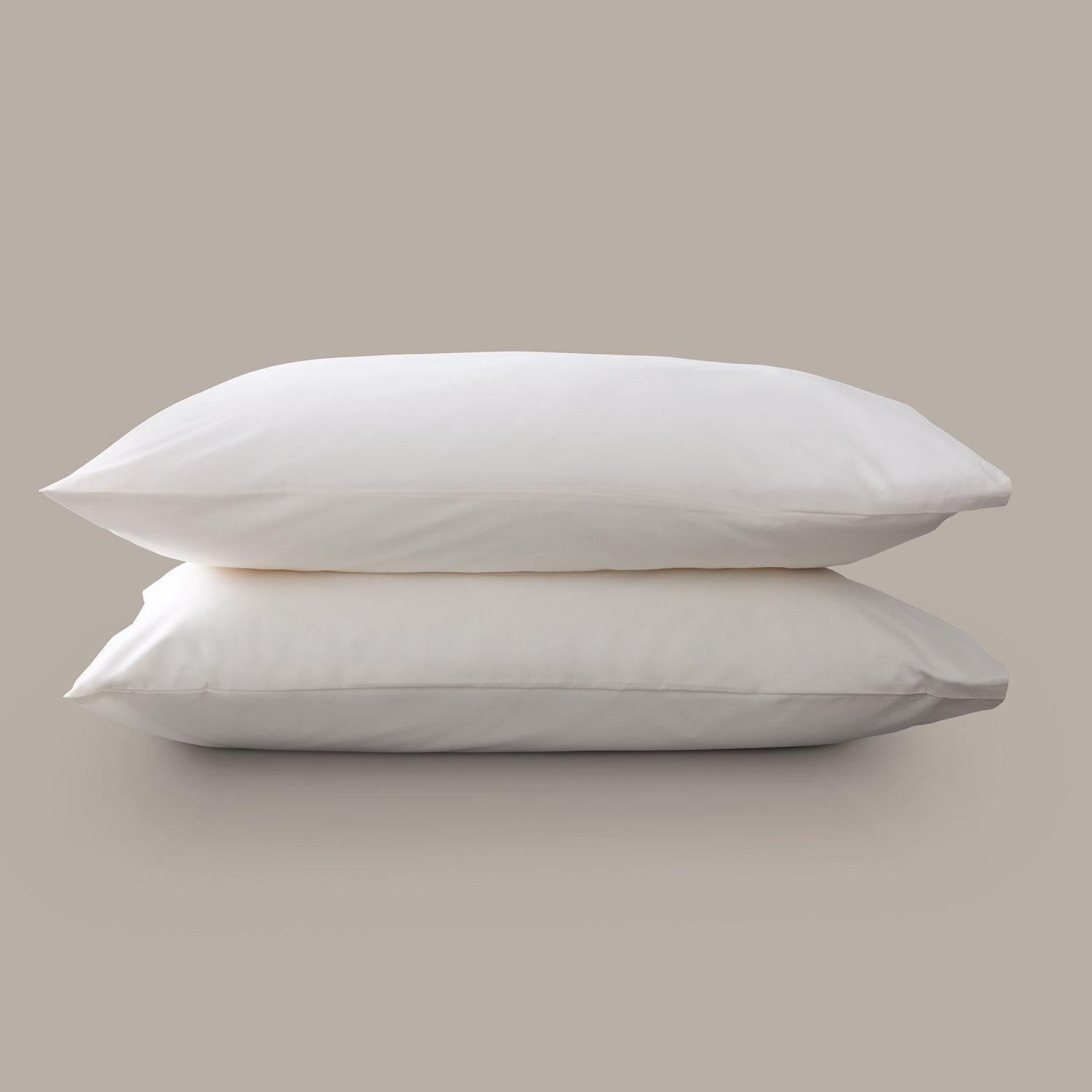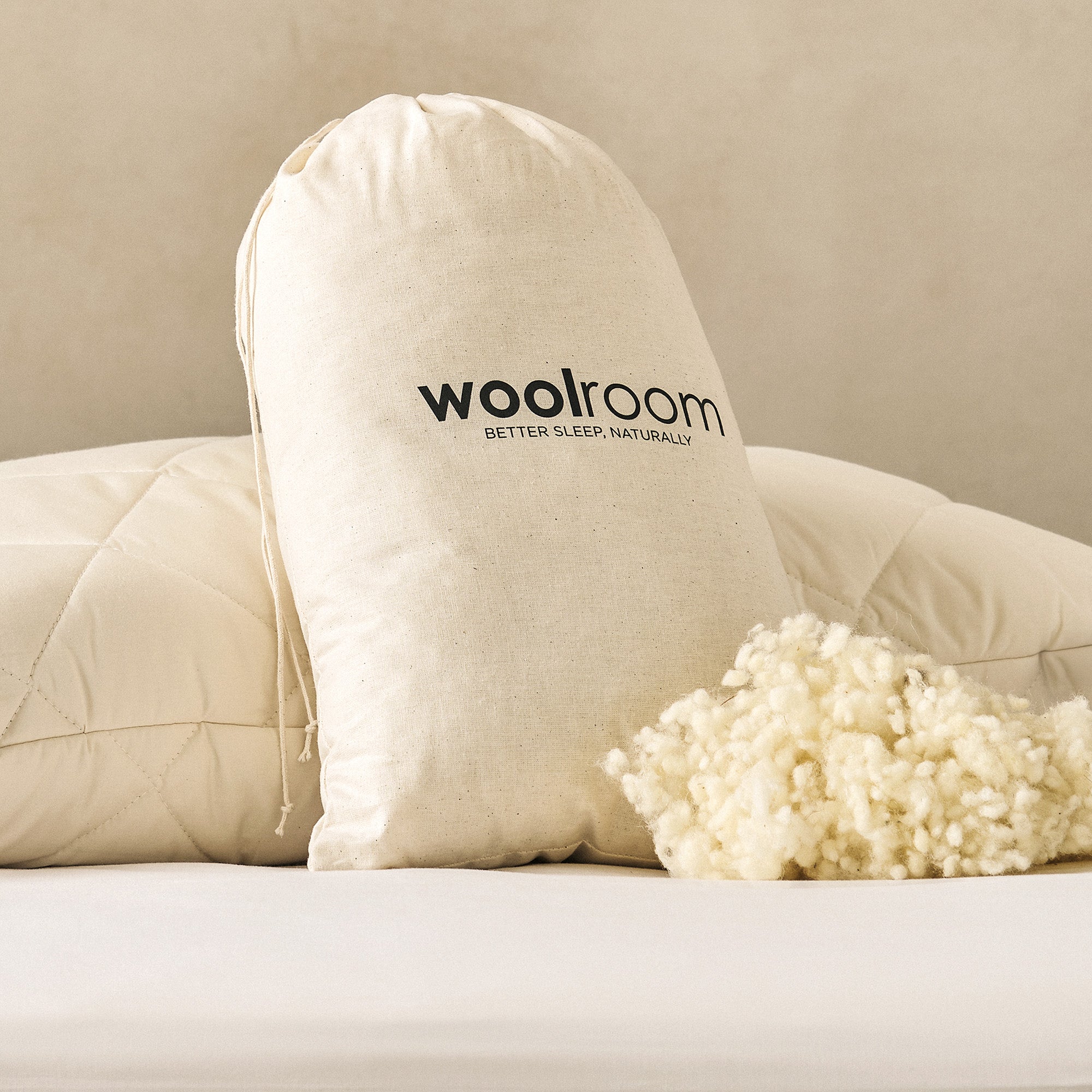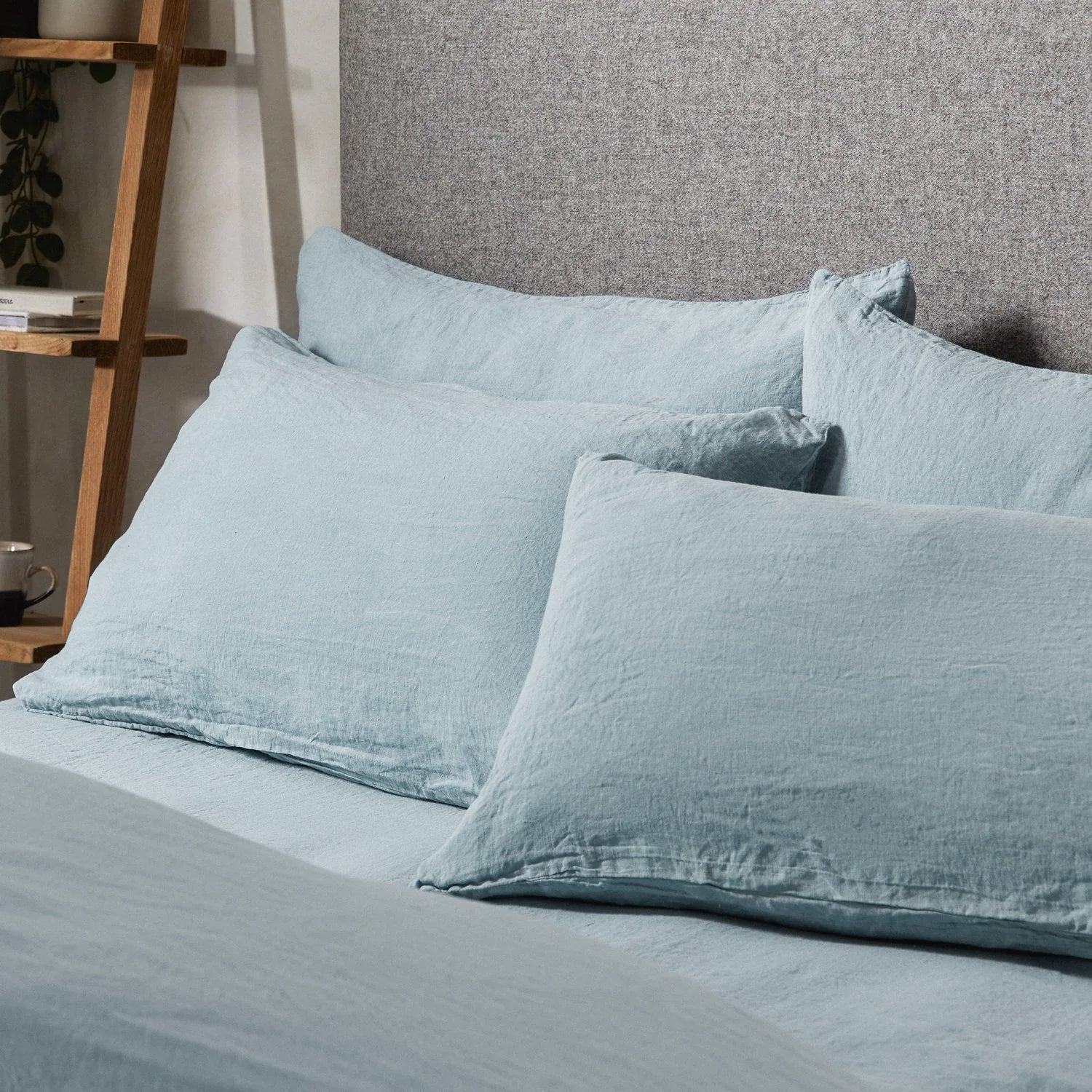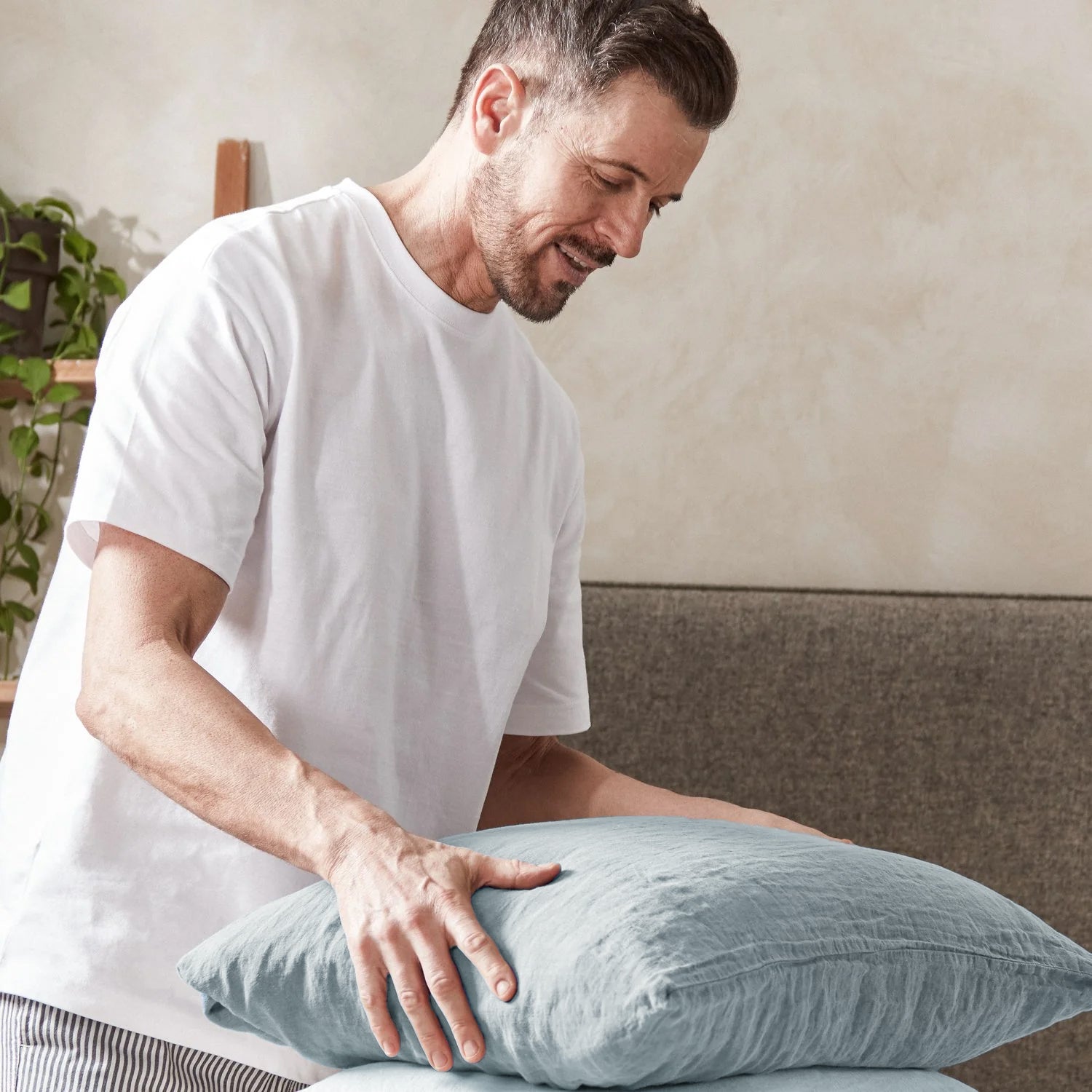Are you struggling with allergies that seem to get worse when you spend time in your bedroom? You’re not alone. Many people find that their allergies flare up when trying to sleep, and the culprit might be your bedding. Learning how to reduce allergens in the bedroom can improve both your sleep quality and overall health.
If you’re looking for some relief, we’re here to help. Below, we’ll provide bedroom allergen tips and discuss how to create a healthier sleep sanctuary. You’ll learn effective ways to minimize allergens in the bedroom, from simple cleaning techniques to products that can help keep your space fresh.
Why Reducing Bedroom Allergens Is Important
Before diving into hypoallergenic bedroom tips, it’s important to understand why bedroom air quality is so crucial for your well-being.
Impact on Sleep Quality and Health
Allergens in your bedroom can cause poor sleep quality, which affects your overall well-being. When you’re exposed to allergens during sleep, your body’s immune system stays active to fight off these irritants. This can lead to
- Disrupted sleep
- More fatigue during the day
- Lower cognitive function
- Weakened immune system
- Worsening of existing health conditions
By learning how to reduce allergens in the bedroom, you can create a healthier sleep environment that promotes restful sleep.
Common Bedroom Allergens
To effectively minimize allergens in the bedroom, you should know what you’re up against. Some of the most common bedroom allergens include:
- Dust mites: These microscopic creatures love warm, humid conditions and eat dead skin cells.
- Pet dander: Even if your pets don't sleep in your bedroom, their dander can still make its way into your sleeping space.
- Mold spores: High humidity can cause mold growth.
- Pollen: Even though it’s an outdoor allergen, pollen can easily be carried into your bedroom on clothing or through open windows.
- Cockroach allergens: In some areas, protein in cockroach droppings, saliva, and decomposing bodies is a common household allergen.
Effective Tips to Reduce Bedroom Allergens
Now that we’ve discussed the importance of reducing allergens, it’s time to allergy-proof your bedroom. Follow these tips below to significantly reduce the amount of allergens in your sleeping area.
Keep Bedding Clean
One of the most effective ways to minimize allergens in the bedroom is to wash your bedding regularly. Your bed is the centerpiece of your sleeping area, and it can harbor a lot of allergens if not properly cared for.
Washing Sheets and Pillowcases Regularly
Follow these washing tips to reduce allergens in the bedroom.
- Wash your sheets, pillowcases, and duvet covers weekly in hot water to remove allergens.
- Use hypoallergenic detergents to avoid other potential irritants.
- Consider rinsing your bedding twice to ensure all detergent residue is removed.
- Try to wash bigger items, like comforters or heavy blankets, every one to two months.
Additional Tips for Clean Bedding
Other tips to consider for keeping your bedding clean include:
- Use a hypoallergenic mattress protector to create a barrier against allergens.
- Try not to shake your bedding when changing it because it can disperse allergen into the air.
- Store extra bedding in an airtight container or plastic bags when not in use to prevent dust build-up.
Control Humidity Levels
Humidity plays a crucial role in dust mite prevention and mold control since both allergens thrive in humid areas. If your home has high humidity levels, follow these tips to lower them to keep allergens away.
Using a Dehumidifier
Dust mites thrive in humid environments, so keeping your bedroom’s humidity below 50% can prevent them from harboring in your bedding. A dehumidifier can help you reduce and maintain proper humidity levels, improving your bedroom air quality.
Ventilation Tips
Good ventilation is crucial for controlling humidity and reducing allergens. Here’s how to properly ventilate your bedroom.
- Open your windows for at least 15 minutes every day to let fresh air circulate the room.
- Use fans in any adjoining bathrooms to prevent moisture from entering your bedroom.
- Consider using a ceiling fan to improve air circulation and reduce humidity.
If you’re not sure of the humidity levels in your bedroom, you can use a hygrometer. This tool can help you monitor humidity levels and adjust your dehumidifier or ventilation techniques accordingly.
Regular Cleaning Practices
Following a thorough cleaning routine is another effective way to reduce bedroom allergens. Here are some cleaning tips to keep dust mites and other allergens at bay.
Dusting and Vacuuming
Dust surfaces with a damp cloth to trap particles instead of dispersing them into the air. Vacuum carpets, rugs, and fabric furniture at least twice a week using a vacuum cleaner with a HEPA filter. You can also vacuum mattresses and box springs when changing your bedding to reduce allergens further.
Cleaning Carpets and Rugs
While hard floors are generally better for allergy sufferers, you can still prevent allergy issues by properly cleaning carpets and rugs. Here’s how to do this.
- Deep clean them at least twice a year using hot water extraction methods.
- Use a carpet powder that neutralizes allergens before vacuuming.
- Consider hiring a professional carpet cleaner for more thorough cleaning.
- For area rugs, take them outside and beat them to remove trapped allergens.
Use Air Purifiers
Adding an air purifier is a great hypoallergenic bedroom tip. When purchasing an air purifier, look for one that targets allergens and works with the size of your bedroom. Regularly replace filters and place the air purifier in areas with good air circulation, away from walls and furniture.
Benefits of Air Purifiers
- Removes up to 99.97% of airborne allergens like pollen, dust mites, and pet dander
- Reduces asthma triggers and prevents attacks
- Eliminates odors
- Removes smoke particles and VOCs
- Improves overall sleep quality thanks to cleaner air
- Reduces airborne bacteria and viruses
- Alleviates symptoms for people who are sensitive to chemicals
- Promotes air circulation and prevents stagnant air
- Supports better health by improving bedroom air quality
Minimize Pet Dander
If you’re a pet owner, reducing pet allergens in your bedroom is vital for maintaining an allergy-proof bedroom. Here are tips for minimizing pet dander.
Keeping Pets Out of the Bedroom
The most effective way to reduce pet dander in your bedroom is to make it a pet-free zone. This might be challenging, but it can significantly improve your sleep environment.
Regular Pet Grooming
Pet grooming is another great bedroom allergen tip, especially if completely banning pets from the bedroom isn’t an option. Brush your pets regularly outside the house to get rid of loose fur and dander. You should also bathe pets weekly to remove allergens from their fur.
Advanced Tips for Allergy-Proofing Your Bedroom
If simpler methods aren’t working, try these advanced tips for how to reduce allergens in your bedroom.
Use Hypoallergenic Bedding
Switching to hypoallergenic bedding [Link to “What Is Hypoallergenic Bedding” blog] can drastically reduce allergens in the bedroom. When it comes to hypoallergenic bedding, wool is the ultimate choice because dust mites can’t survive in wool. It’s also naturally resistant to mold and mildew. Besides being hypoallergenic, wool offers other benefits like temperature regulation, moisture control, breathability, and maximum comfort, giving you the restful sleep you deserve.
Mattress, Sheets, and Pillows
Woolroom offers hypoallergenic mattresses, sheets, pillows, and other bedding items that can decrease your nighttime allergy symptoms. [Link to “Why Do My Allergies Get Worse at Night” blog] Your mattress, sheets, and pillows can harbor a lot of dust mites and other allergens. Switching to wool or other hypoallergenic materials can prevent these particles from collecting in your bedroom and causing problems while you sleep.
Replace Old Bedding and Furniture
Over time, bedding and furniture can collect allergens, making them difficult to clean effectively. Replacing these items at the right time is an important part of maintaining an allergy-proof bedroom.
When to Replace Mattresses and Pillows
Mattress: Replace your mattress every seven to ten years or sooner if you notice sagging or increased allergy symptoms.
Pillows: Replace them every one to two years, as they can collect dead skin cells and allergens over time.
Upholstered furniture: Consider replacing fabric furniture every seven to ten years if you notice increased allergy symptoms when using it.
Creating a Healthier Sleep Environment
A healthy sleep environment can make all the difference in your sleep quality. By properly cleaning your space and implementing other bedroom allergen tips, you can reduce your allergy symptoms and sleep more peacefully.
Key Hypoallergenic Bedroom Tips
- Wash your sheets and pillowcases weekly in hot water.
- Use dehumidifiers and fans and open windows to control humidity levels.
- Create a cleaning schedule that includes regularly vacuuming your bedroom.
- Use air purifiers to improve overall bedroom air quality.
- Regularly groom pets and keep them out of bedrooms to reduce pet dander.
- Invest in hypoallergenic bedding, like wool, for natural dust mite prevention.
- Replace old bedding and furniture regularly to reduce the build-up of allergens.
Invest in Natural Solutions for a Healthier Bedroom
Implementing these bedroom allergen tips may seem challenging, but the sleep and health benefits are worth the effort. By creating an allergy-proof bedroom, you’re not just reducing symptoms — you’re investing in your overall well-being.
One of the best steps you can take is choosing the right bedding. Woolroom offers a natural and effective way to reduce allergens in the bedroom. All of our wool products are naturally hypoallergenic, thanks to the amazing benefits of wool. When you choose Woolroom products, you’re investing in a healthier sleep environment that will help you get the restful night’s sleep you deserve. Check out our bedding options to create your ultimate sleep sanctuary.



